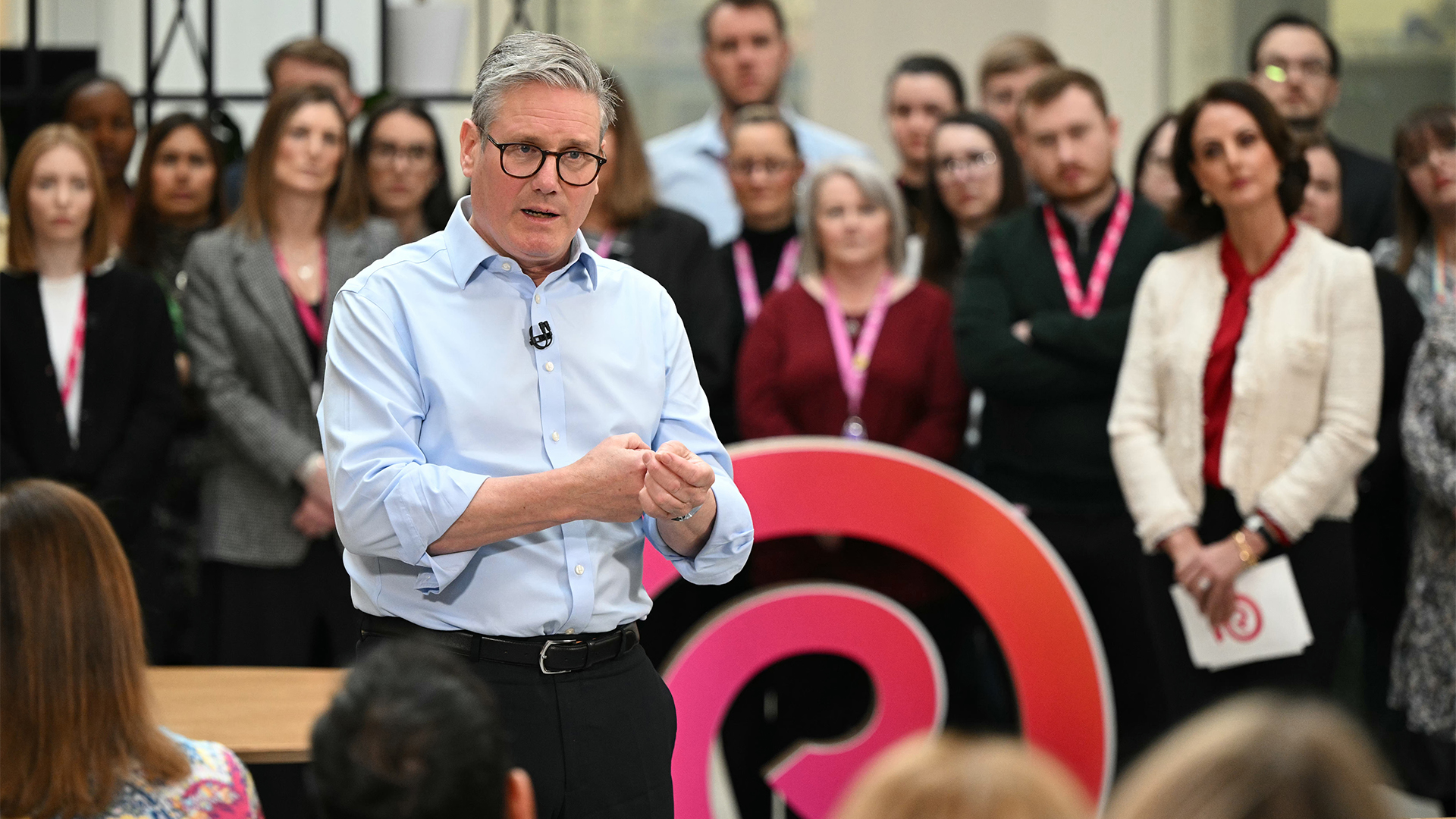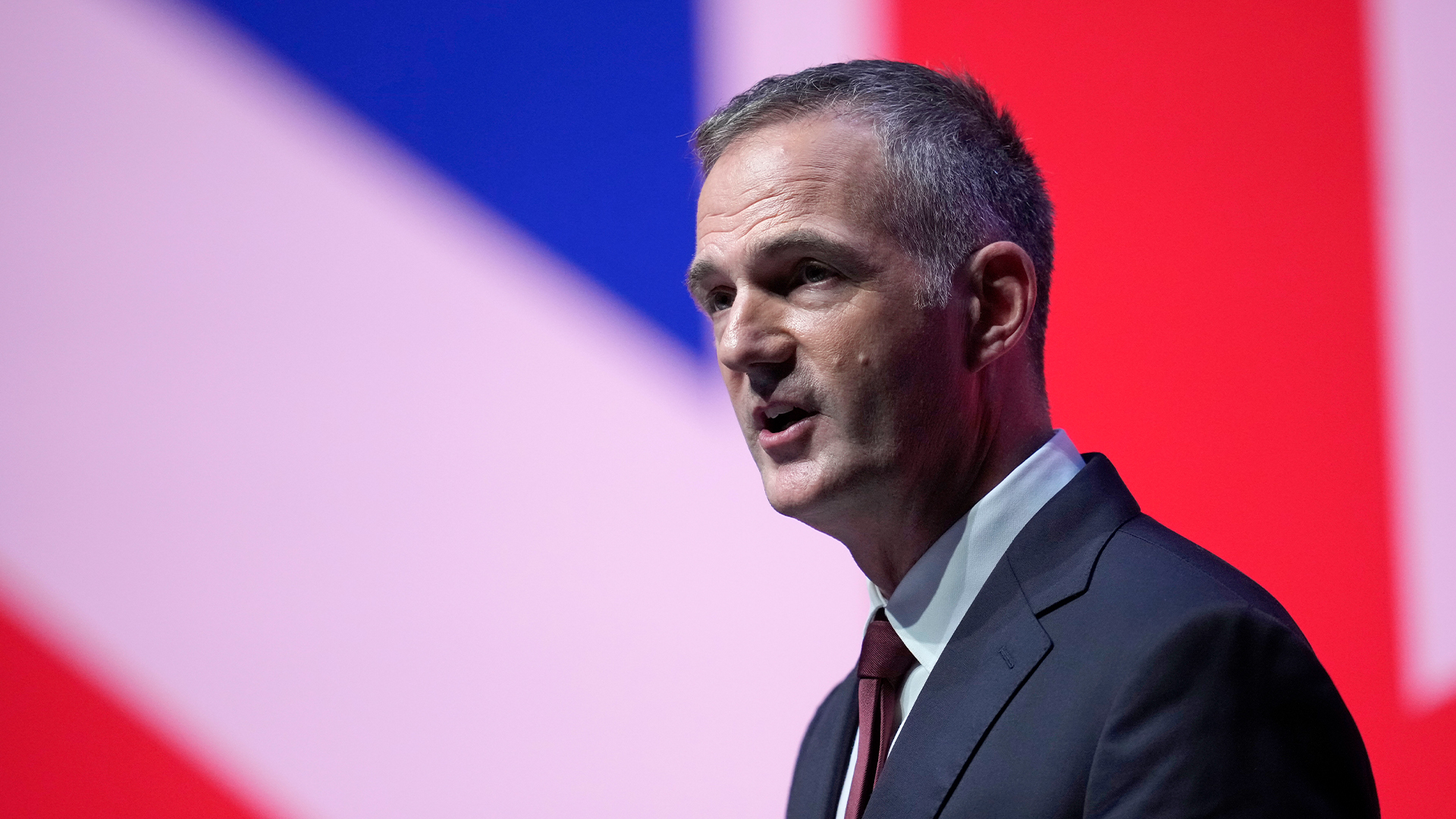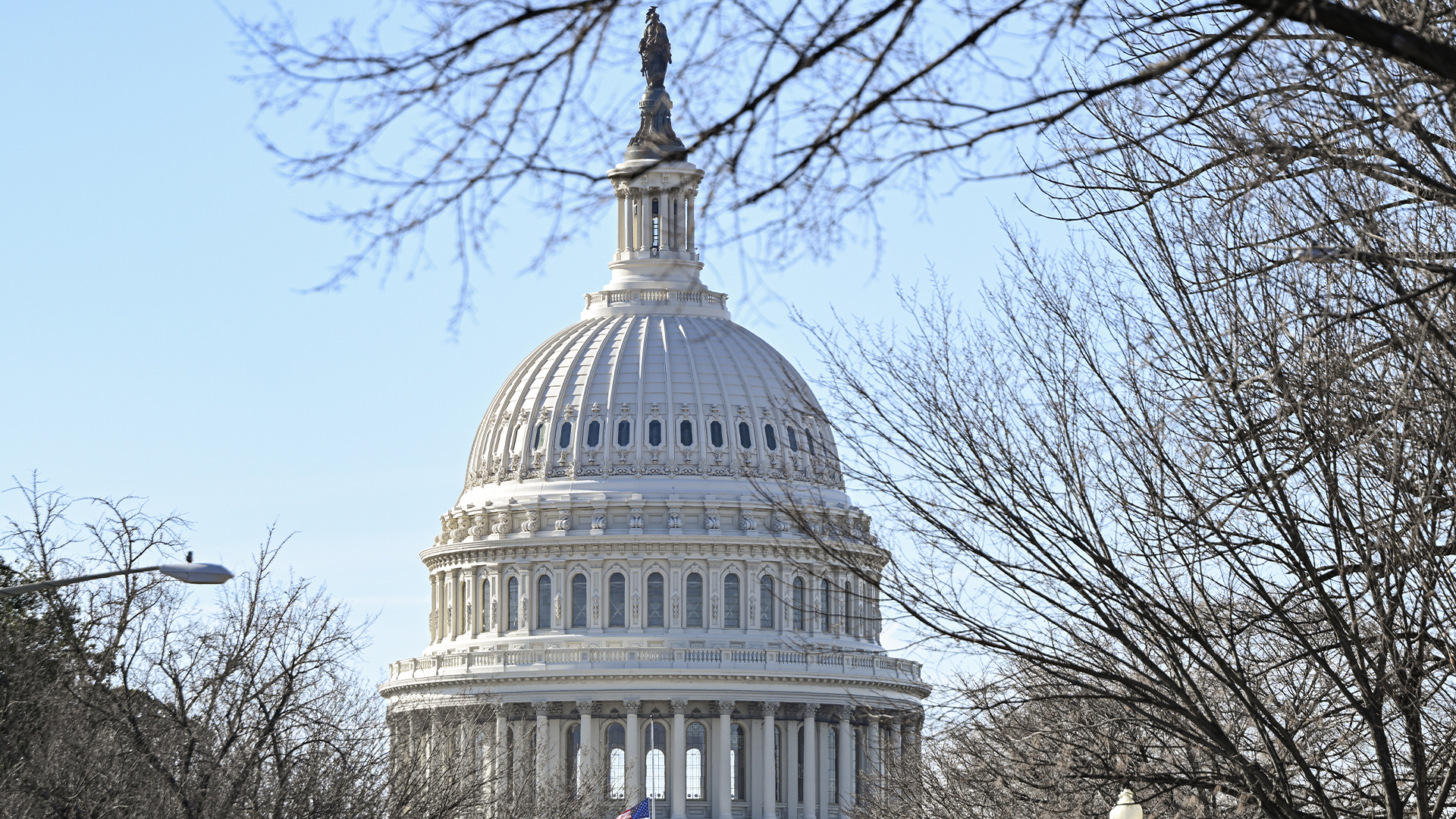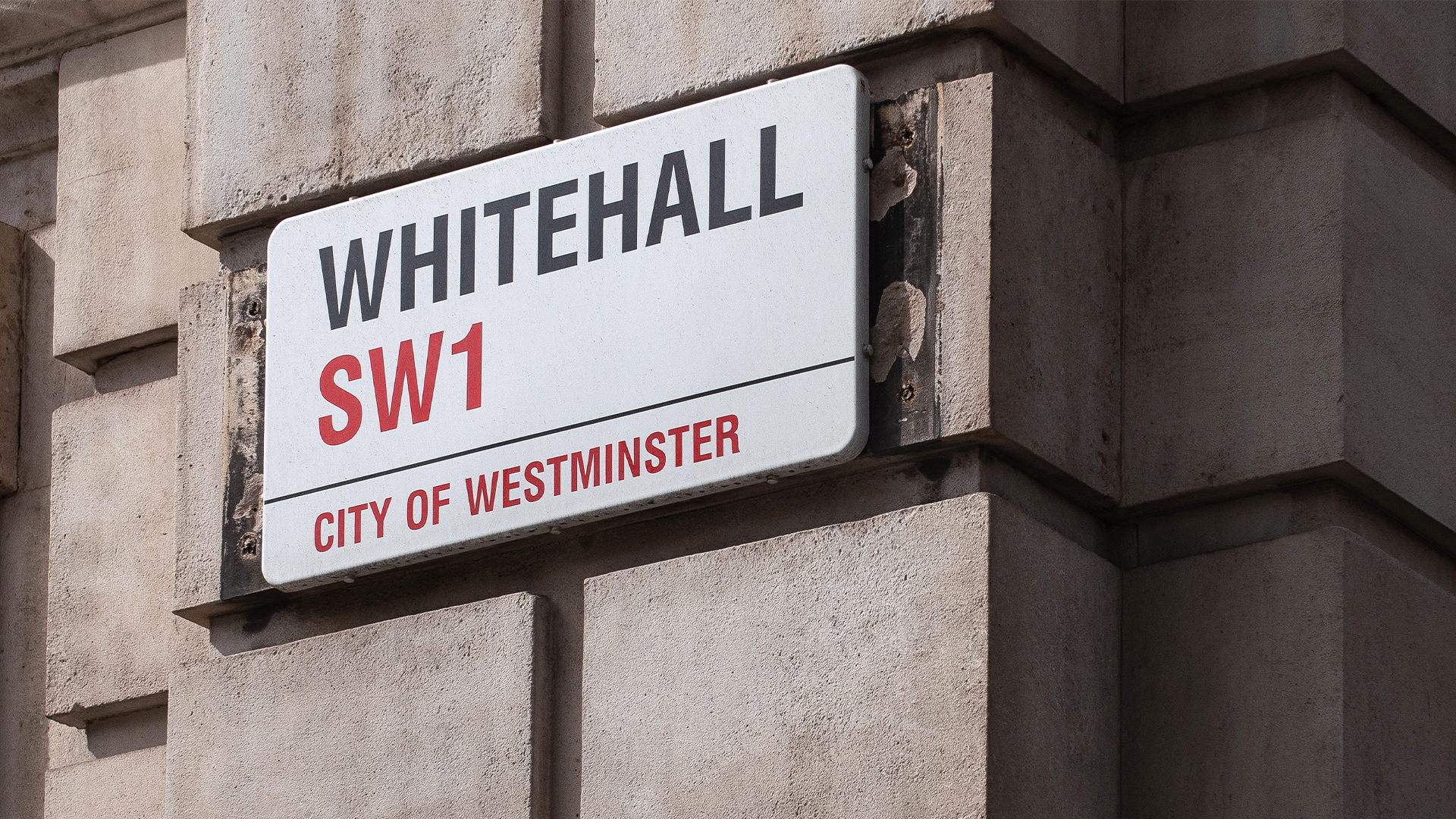Spending watchdog questions GDS's digital transformation credentials
GDS has struggled to adapt to its new support role, NAO finds

More clarity is required to define the Government Digital Service's (GDS's) future role in driving digital initiatives, according to a new report that questions the body's track record of government technology transformation.
The National Audit Office (NAO) report, titled "Digital transformation in government", called for GDS to find its feet again after rapid expansion has meant it has "struggled to adapt to its changing role".
"Digital transformation has a mixed track record across government. It has not yet provided a level of change that will allow government to further reduce costs while still meeting people's needs," the report read. "GDS has also struggled to demonstrate the value of its own flagship initiatives such as Verify, or to set out clear priorities between departmental and cross-government objectives."
It added: "There continues to be a risk that GDS is trying to cover too broad a remit with unclear accountabilities. To achieve value for money and support transformation across government, GDS needs to be clear about its role and strike a balance between robust assurance and a more consultative approach."
GDS's role
GDS began life by imposing spending restrictions on Whitehall departments and driving digital agendas itself, in order to engender cultural change. Under the recently announced Government Transformation Strategy and prior to that, GDS has taken on more a supportive role, helping departments' transformation efforts instead of driving them.
But the report found this support role hasn't been clearly set out, with GDS developing the strategy but sharing responsibilities with the Infrastructure and Projects Authority through their co-chaired Transformation Peer Group team.
Sign up today and you will receive a free copy of our Future Focus 2025 report - the leading guidance on AI, cybersecurity and other IT challenges as per 700+ senior executives
The NAO said: "It is not clear who is responsible for driving business transformation in government to address issues such as culture and process change, which were highlighted in the Government Transformation Strategy. It is also unclear how they will do this."
Since GDS's budget was increased to 450 million over four years at the end of 2015, it has expanded, but lacked "a high-level vision", according to the report, which added: "We found widespread views across government that GDS has struggled to adapt to its changing role."
The report argued that GDS still has a key role to promote new approaches centrally and develop skills it aims to train 3,000 civil servants a year through a digital academy.
Transformation track record
While GDS identified 25 public services to digitise by the end of 2015, only 15 were live by the deadline, with five more being trialled. Only six of the live services and two betas counted as integrated services and by GDS's own analysis the costs outweighed the benefits for 10 of the projects.
"Digital transformation has a mixed track record across government. It has not yet provided a level of change that will allow government to further reduce costs while still meeting people's needs," the report read.
The NAO recommended GDS work with departments to find a way to balance department and wider government priorities. "GDS should develop a more systematic analysis of what needs to be done centrally rather than by departments, in particular in strengthening government's approach to the effective use and management of data," it said.
Verify
One of GDS's key projects has been Gov.uk Verify, an online identity assurance tool for public services. After mixed trials, GDS set out an aim to bring it to 25 million users by 2020, something that was criticised as too ambitious for a tool that currently has just one million users.
It also clashes with an HMRC tool that essentially does the same thing, with the NAO saying this conflict would lose 78 million of savings Verify would otherwise have acheieved. The watchdog said GDS must look at whether Verify "meets a proven need".
None of nine departments that were meant to use Verify by the end of 2016 did so and of 12 that do use it, nine offer citizens alternative methods of accessing their digital services.
"Reduced take-up means that Verify will need to be centrally funded for longer, and reduces the incentive for the identity providers to lower their prices over time. It is not clear how or when GDS will determine whether continuing with Verify will achieve projected benefits," the NAO found.
A Cabinet Office spokesperson said in a statement: "This report recognises that the Government Digital Service has successfully reshaped government's approach to technology and transformation. It identifies some key achievements - including 1.3 billion in savings through our IT spending controls process.
"Our recently published Government Transformation Strategy sets out our approach to transform government even further, delivering better public services for the citizen while saving money for the taxpayer."
-
 HackerOne eyes enterprise growth with double C-suite appointment
HackerOne eyes enterprise growth with double C-suite appointmentNews Seasoned industry executives Stephanie Furfaro and Stacy Leidwinger have joined the cyber security vendor’s executive team
-
 Samsung Galaxy Tab S11 review
Samsung Galaxy Tab S11 reviewReviews A brilliant lightweight tablet with a superb screen, but the competition makes it look expensive
-
 UK government to fund regional tech programs up to £20m
UK government to fund regional tech programs up to £20mnews Local and regional partnerships invited to bid for support for established or developing projects
-
 Government’s ‘Humphrey’ AI tool helps local authorities cut costs
Government’s ‘Humphrey’ AI tool helps local authorities cut costsNews The Minute tool, part of the Humphrey AI assistant, is being trialled at 25 councils
-
 The UK government hopes AI will supercharge public sector digital transformation – IT leaders aren’t so sure
The UK government hopes AI will supercharge public sector digital transformation – IT leaders aren’t so sureNews Research from SolarWinds shows public sector transformation is progressing at a snail's pace despite IT leaders pushing for rapid improvements.
-
 Starmer bets big on AI to unlock public sector savings
Starmer bets big on AI to unlock public sector savingsNews AI adoption could be a major boon for the UK and save taxpayers billions, according to prime minister Keir Starmer.
-
 UK government targets ‘startup’ mindset in AI funding overhaul
UK government targets ‘startup’ mindset in AI funding overhaulNews Public sector AI funding will be overhauled in the UK in a bid to simplify processes and push more projects into development.
-
 UK government signs up Anthropic to improve public services
UK government signs up Anthropic to improve public servicesNews The UK government has signed a memorandum of understanding with Anthropic to explore how the company's Claude AI assistant could be used to improve access to public services.
-
 US government urged to overhaul outdated technology
US government urged to overhaul outdated technologyNews A review from the US Government Accountability Office (GAO) has found legacy technology and outdated IT systems are negatively impacting efficiency.
-
 Government urged to improve tech procurement practices
Government urged to improve tech procurement practicesNews The National Audit Office highlighted wasted money and a lack of progress on major digital transformation programmes